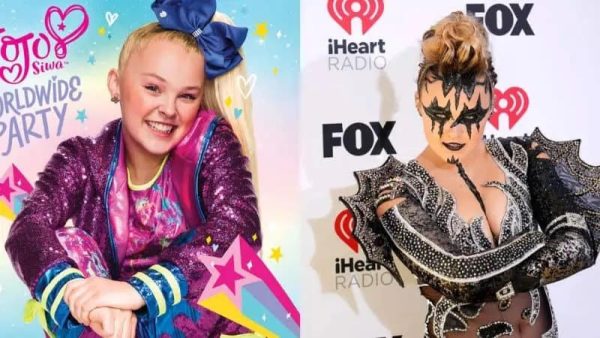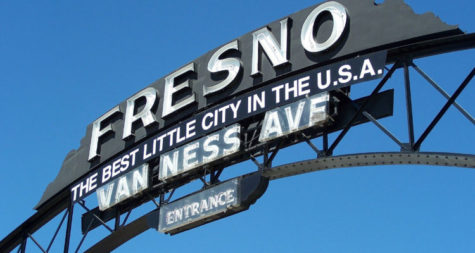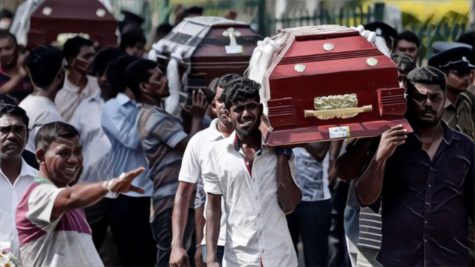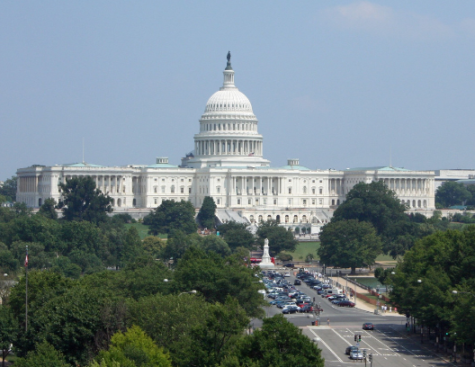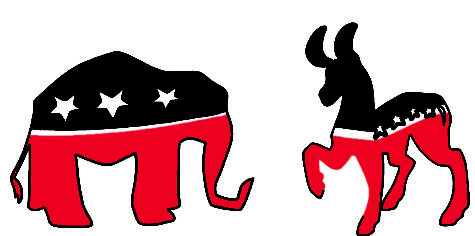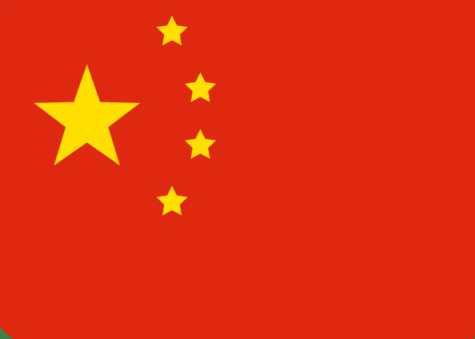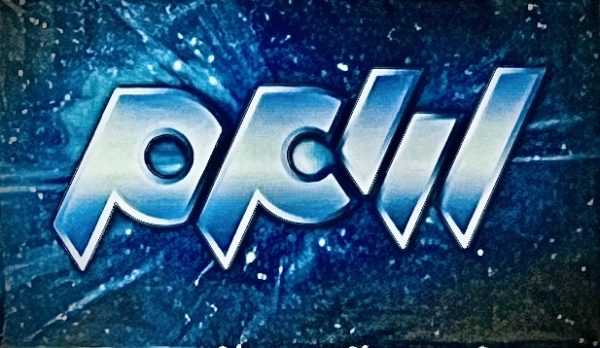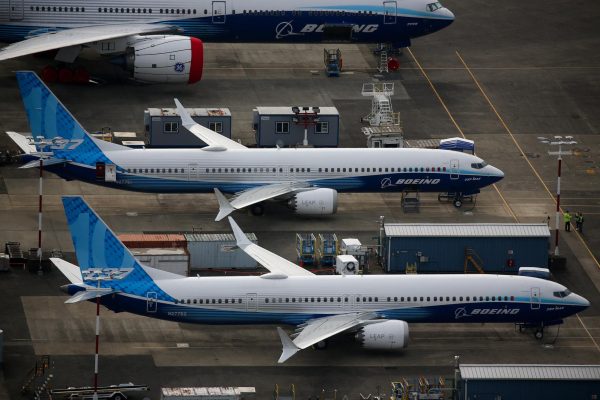Life After Maria
Out of 3.4 million people, more than 80% of this island’s electricity is out, 75% of antennas are disabled, and 35% are without clean drinking water. US citizens desperate for sustainable food and water. This is Puerto Rico, a U.S. territory. After Catagory 5 Hurricane Maria made landfall over three months ago, Puerto Ricans are still left in the shadows of American media neglect.
John Mutter, a professor at Columbia University and expert in international disaster relief asserts that potential for serious medical conditions such as rise in cholesterol and diarrheal issues are high without bottled water.
Students on campus with familial ties to Puerto Rico have shed light on the effects Hurricane Maria has had on their extended families. Sophomore Miguel Cordero highlights his views on the lack of communication he has had with his extended family.
“The power is completely out in most of the island; there’s only sometimes power in the capital. All of my family except for my mom and dad [reside in Puerto Rico]. I’ve only been able to communicate with them if they are able to move to the capital. Food and water-wise, my family stocked up before everything happened so they were kind of okay. They already ran out of food and water but they were close to areas where there were the refugees and the government officials which actually gave them food and water,” said Cordero.
Additionally, freshman Haylie Silva shares details on her relatives’ situations.
“I think they lost electricity and the water is not the best right now. I haven’t heard too much from them because of the electricity going down and them not being able to contact us as much,” said Silva.
Attention from citizens nationally and globally is needed to assist Puerto Ricans in restoring their state of living back to normal.




